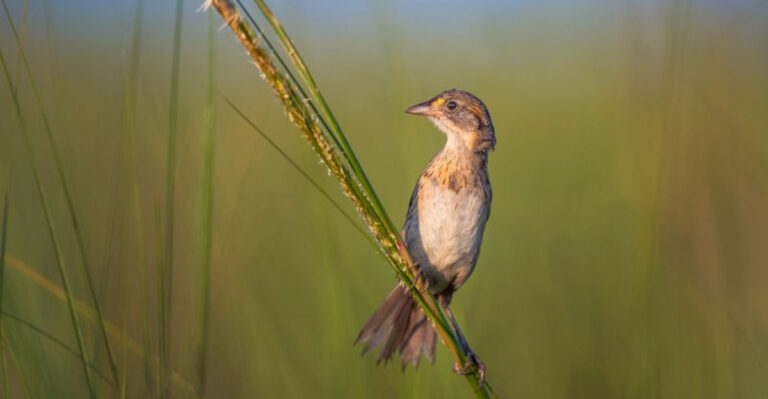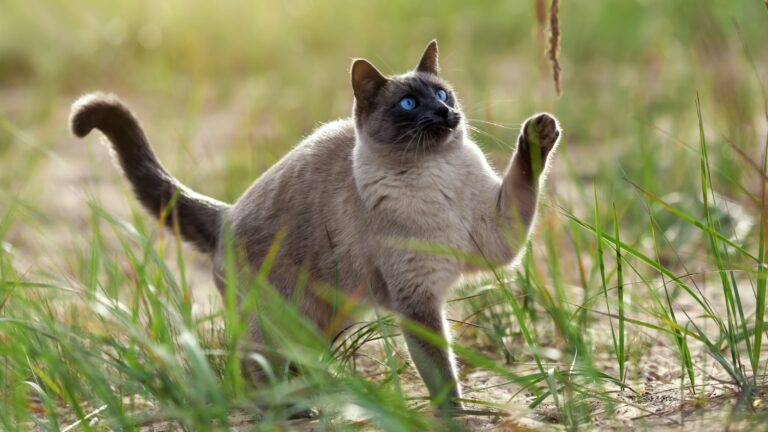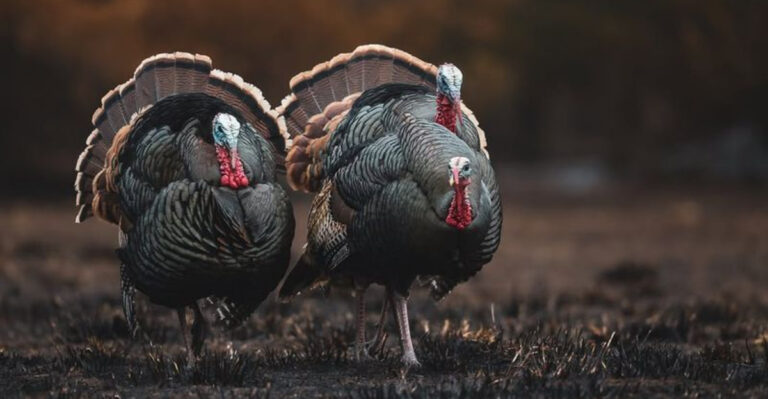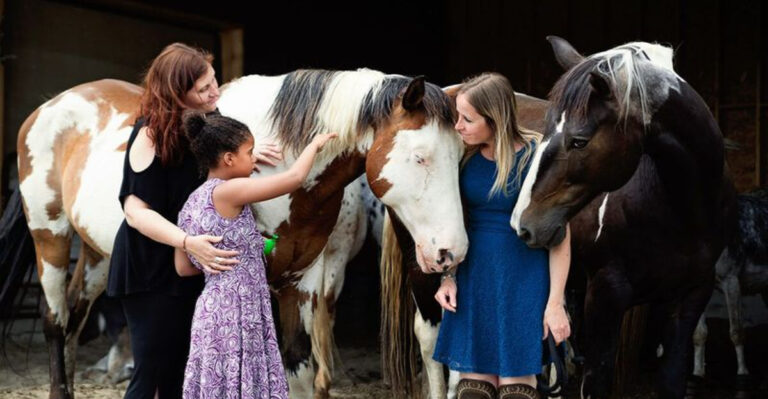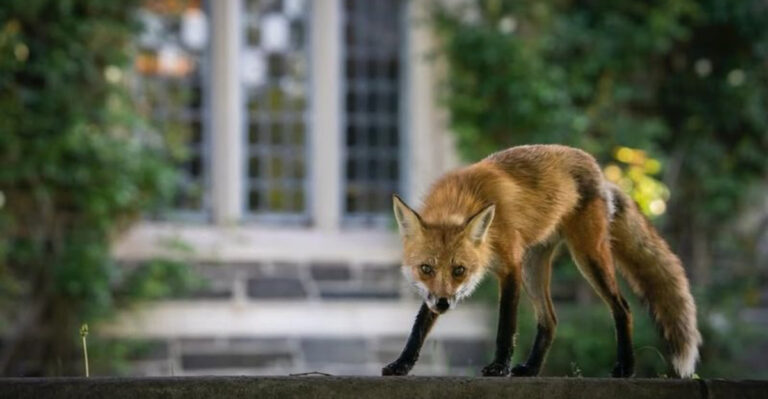13 Incredible Facts About The History Of Horses In America
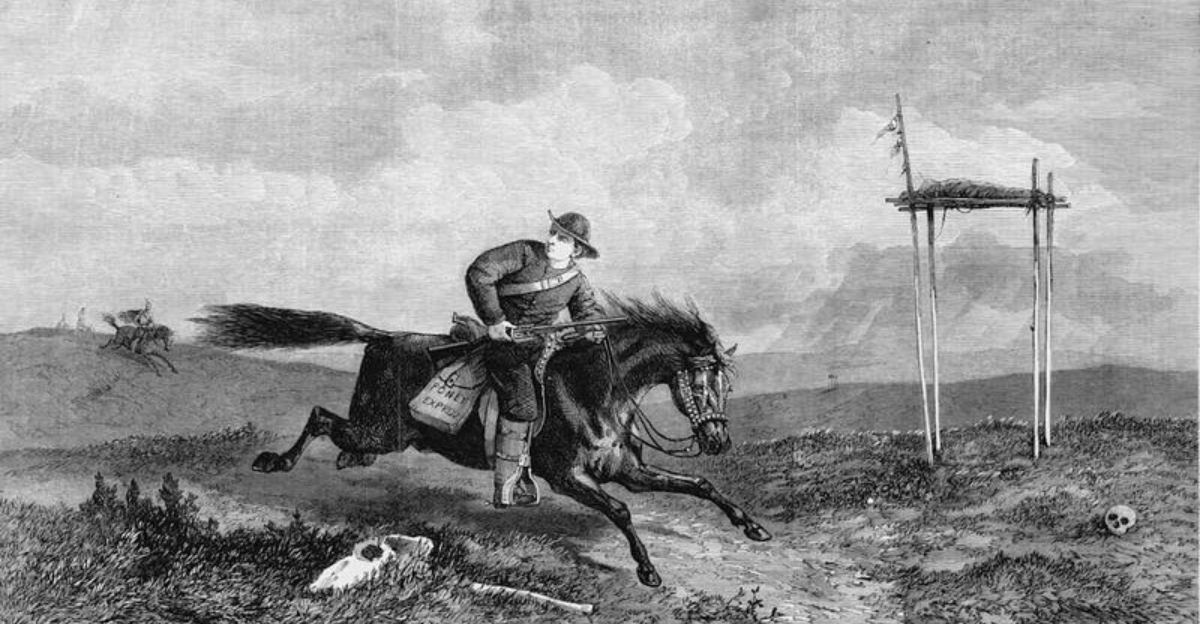
Wild mustangs galloping across open plains might seem like they’ve always been part of America’s landscape, but horses have a fascinating and complex history in North America.
From mysterious disappearances to dramatic reintroductions, the story of horses in America is filled with surprising twists. Let’s explore some amazing facts about these magnificent animals and their journey through American history.
1. Vanished Without A Trace
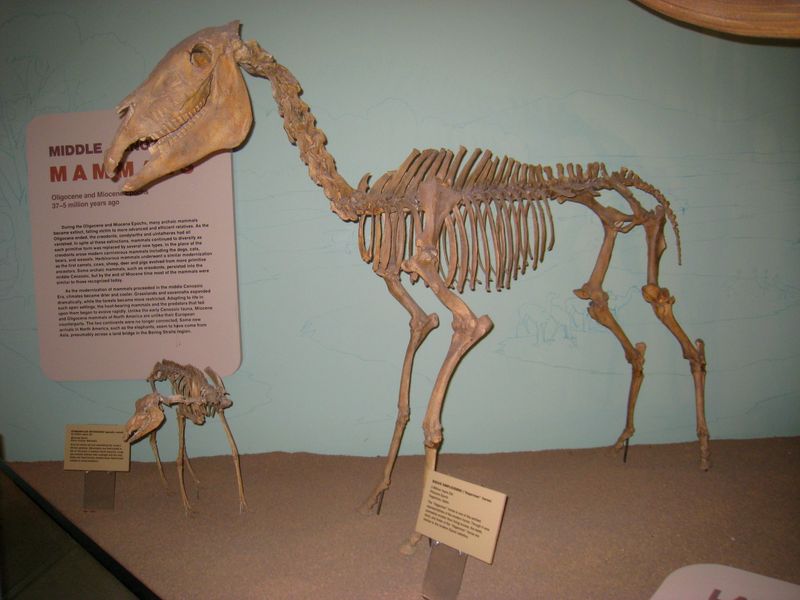
Believe it or not, horses actually disappeared from North America around 10,000 years ago! Native horses that evolved on this continent mysteriously went extinct at the end of the last Ice Age.
Scientists still debate what caused this disappearance – climate change, human hunting, or disease are all possibilities. For thousands of years afterward, the continent that had given birth to horses had none at all.
2. Spanish Comeback Tour
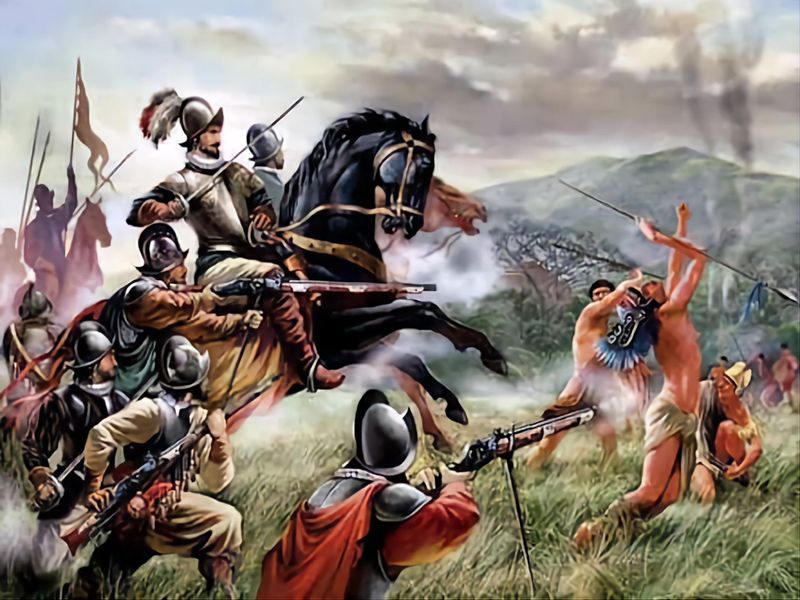
Columbus didn’t bring horses on his first voyage, but Spanish explorers reintroduced them to the Americas in the 1500s. When Hernán Cortés landed in 1519, his 16 horses terrified the Aztecs who had never seen such creatures.
These Spanish horses became the foundation for America’s wild horse populations. Some escaped or were released, forming the first free-roaming herds in nearly 10,000 years.
3. Native American Horse Revolution
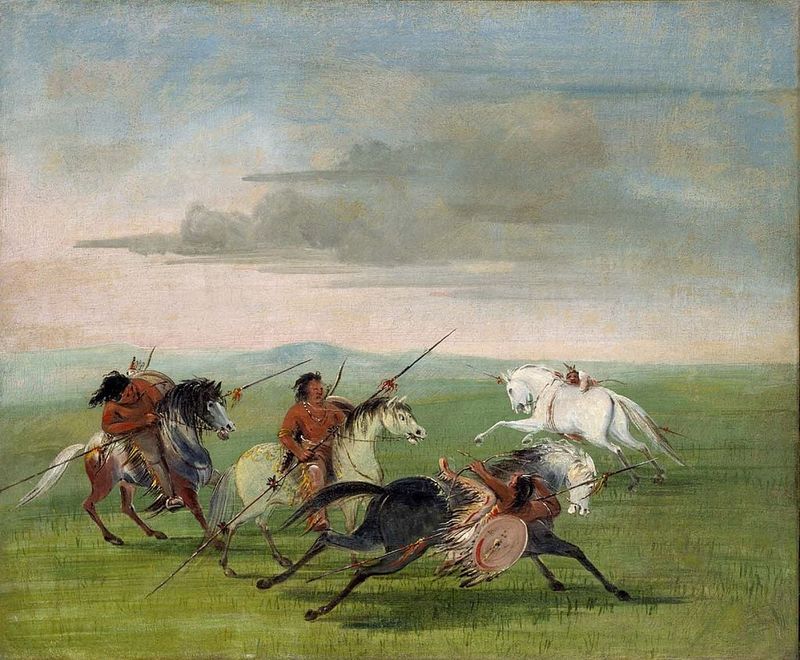
Horses completely transformed Native American cultures after their reintroduction. The Comanche became legendary horsemen, developing riding skills that amazed even European cavalry officers.
Before horses, Plains tribes hunted buffalo on foot – dangerous and limiting. With horses, they could follow buffalo herds year-round, carrying larger tipis and more possessions. This mobility changed their social structures, hunting patterns, and warfare capabilities forever.
4. Pony Express Legend
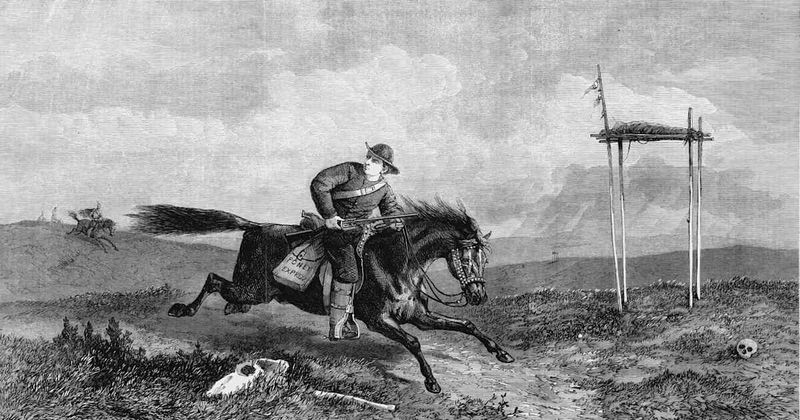
For just 18 months between 1860-1861, the famous Pony Express delivered mail across the American frontier. Young riders changed horses at relay stations spaced 10-15 miles apart across the 1,900-mile route.
Mail that once took months by stagecoach now arrived in just 10 days! Though short-lived (killed by the telegraph), the Pony Express became an enduring symbol of American frontier spirit and horsemanship.
5. Civil War’s Equine Casualties
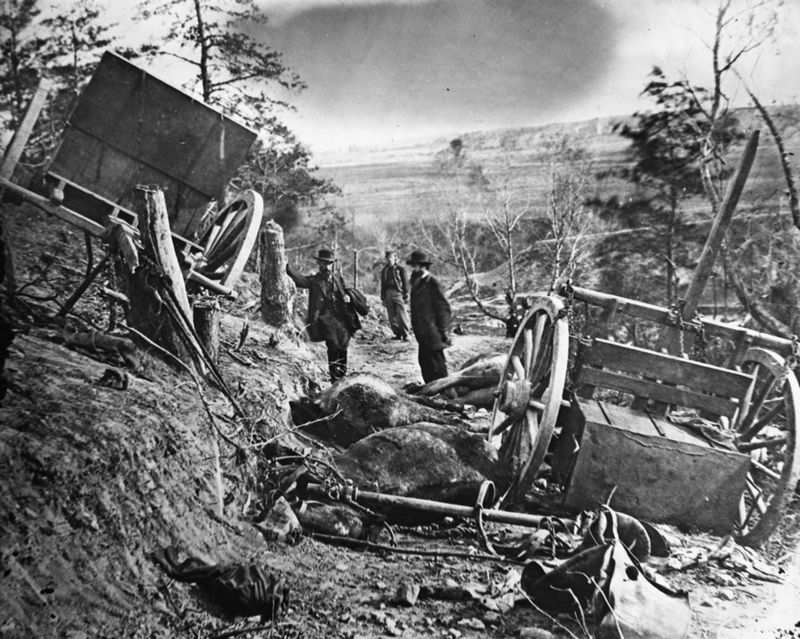
During America’s Civil War (1861-1865), horses suffered staggering losses. An estimated 1.5 million horses and mules died – more than all American soldiers combined in the conflict!
Cavalry charges, artillery transport, and supply wagons all depended on these animals. Many died from exhaustion, disease, or starvation rather than combat wounds. After major battles, fields would be littered with fallen horses alongside human casualties.
6. From Workhorse To Horsepower
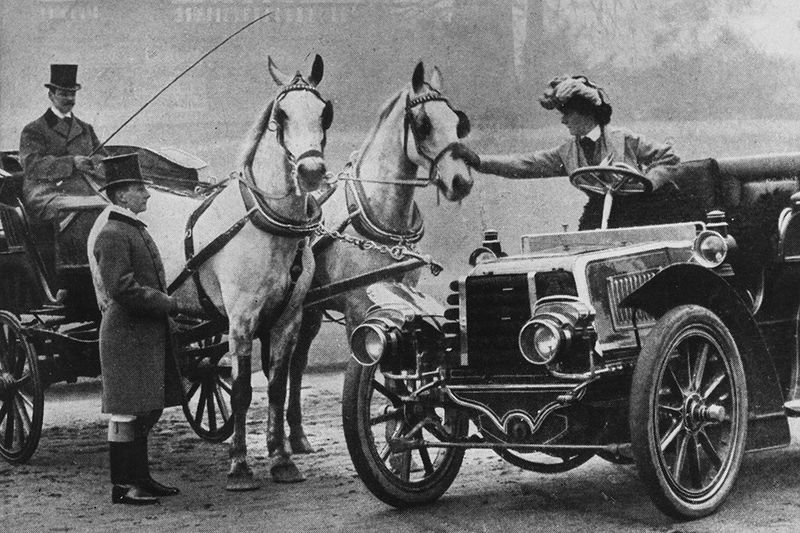
America’s horse population peaked around 1915 with roughly 26 million horses – about one horse for every four Americans! These weren’t pets but essential workers powering farms, transportation, and industry. Then came the automobile revolution.
By 1960, America’s horse population had plummeted to just 3 million. Tractors replaced farm horses, cars replaced carriages, and America’s relationship with horses transformed from necessity to recreation.
7. Wild Mustang Mysteries
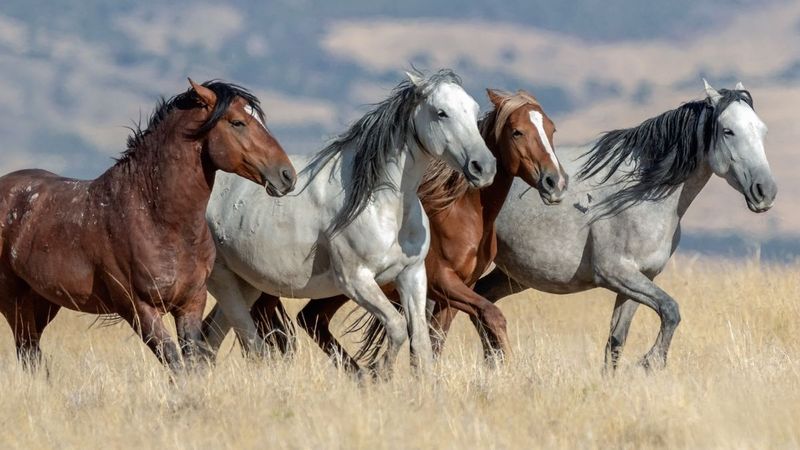
America’s wild mustangs aren’t truly wild – they’re actually feral descendants of domesticated horses. The name “mustang” comes from the Spanish word “mesteño,” meaning stray or ownerless. At their peak in the 1800s, an estimated 2 million mustangs roamed free.
Today, fewer than 100,000 remain. Their management continues to spark heated debates between ranchers, conservationists, and government agencies about land use and animal welfare.
8. Cavalry’s Last Charge
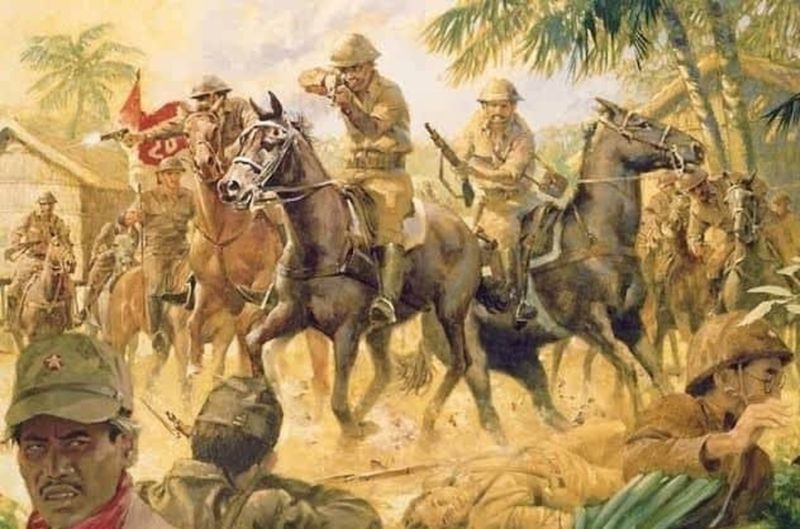
America’s last cavalry charge happened in 1942 – not in the 1800s as many assume! During World War II, the 26th Cavalry Regiment of the Philippine Scouts charged against Japanese forces on the Bataan Peninsula.
Mounted on their trusted horses, they temporarily scattered Japanese troops in this final hurrah of horse warfare. Sadly, as food grew scarce during the siege, many cavalry horses were later consumed to prevent starvation among American and Filipino troops.
9. Thoroughbred Aristocracy
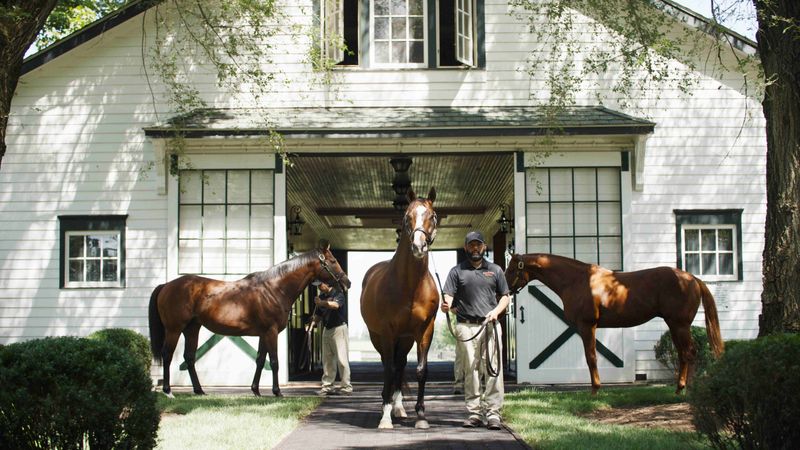
Long before Kentucky became famous for bourbon, it was known for horses. America’s first Thoroughbred racetrack opened in 1665 in Long Island, but Kentucky became racing’s heartland.
During the Civil War, both sides avoided destroying Kentucky’s horse farms, recognizing their cultural importance. Today, the Kentucky Derby, first run in 1875, remains America’s oldest continuously held sporting event – predating the modern Olympics by 21 years!
10. Horse Thief Hangings
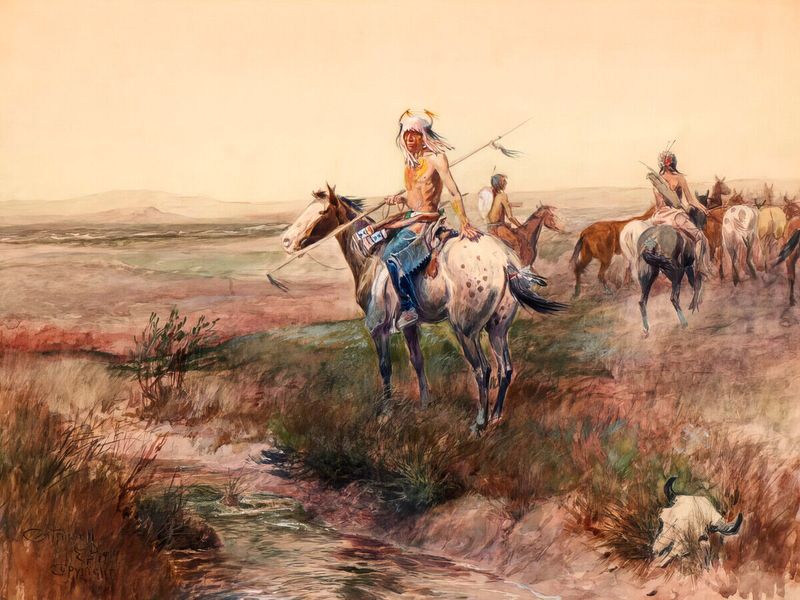
Stealing horses was once among America’s most severely punished crimes – often resulting in immediate hanging without trial. A man could murder someone and possibly escape the noose, but horse thieves rarely received mercy.
This harsh justice reflected horses’ vital importance to survival and livelihood. In the frontier days, a stolen horse might mean death for its owner, stranded without transportation or unable to work their land or escape danger.
11. Presidential Horse Fanatics
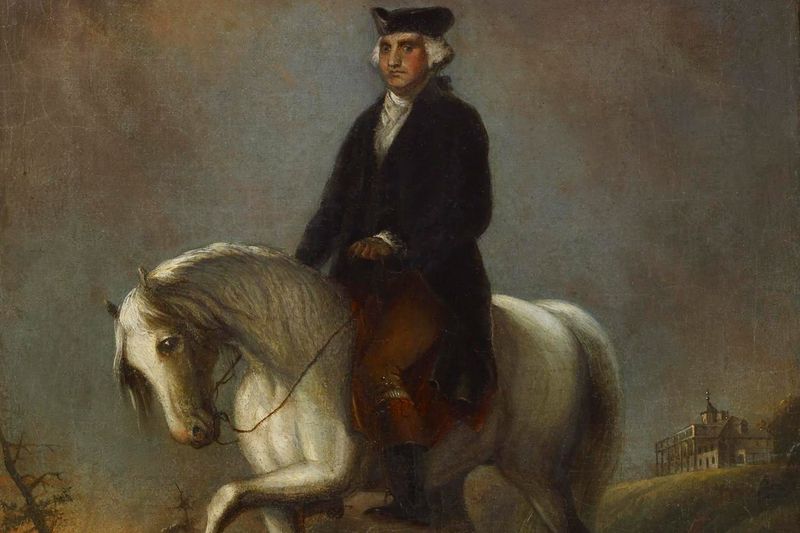
George Washington bred the first distinctly American horse – the American Trotter. He maintained detailed breeding records and even raced his horses (though discreetly, as it wasn’t considered presidential).
Theodore Roosevelt brought his love of horses to the White House, famously riding up its steps on his horse Little Texas. Ronald Reagan owned over 50 horses during his lifetime, while Thomas Jefferson claimed “the best service a person can render their country is to add a useful plant or animal to its culture.”
12. Equine War Heroes
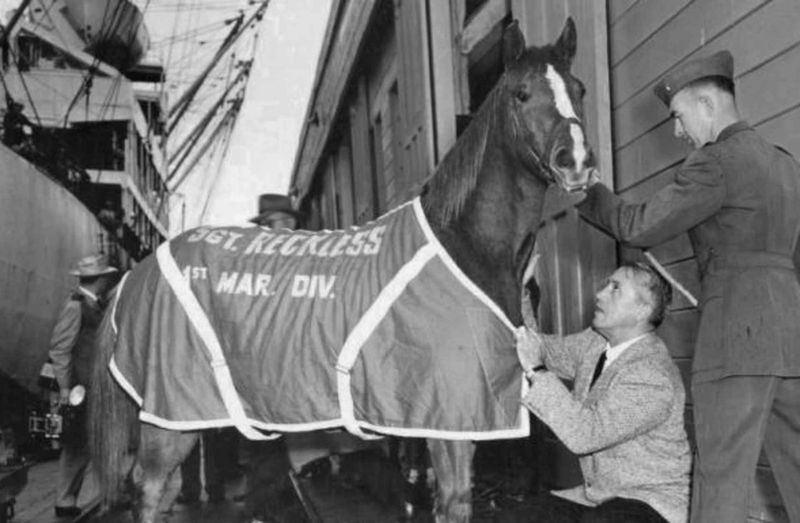
Sergeant Reckless, a small Mongolian mare, became a decorated Marine Corps war horse during the Korean War. She carried ammunition to the front lines and wounded soldiers back – alone, without a handler.
During one battle, she made 51 solo trips through enemy fire. Wounded twice, she was awarded two Purple Hearts and promoted to Staff Sergeant. When brought to America after the war, she appeared on television and in parades as a national hero.
13. America’s First Rodeo
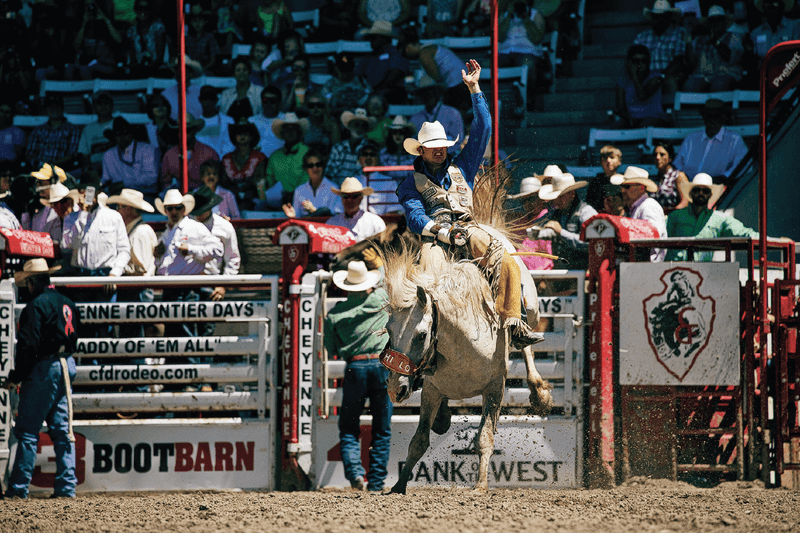
Rodeo, America’s distinctly western sport, has Spanish ranching roots but became uniquely American. The first formal rodeo competition was held in Cheyenne, Wyoming in 1872. Early rodeos were simply cowboys from different ranches competing to prove their skills.
Today’s professional rodeo athletes continue traditions born on working ranches, keeping alive skills once essential for cattle work but now preserved as sport and cultural heritage.

